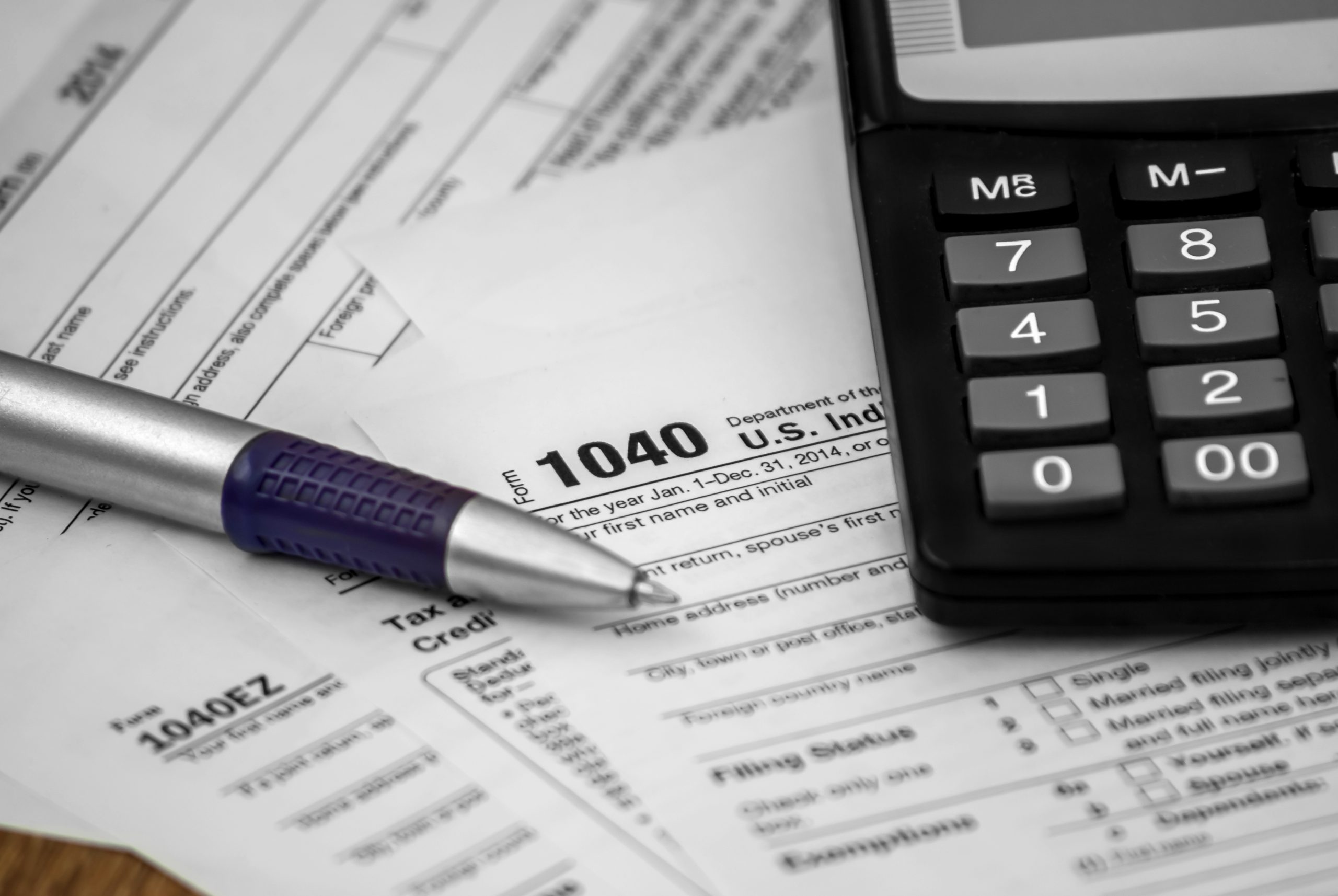
123rf
Property taxes are a significant expense for homeowners, yet many people don’t fully understand how they are calculated. These taxes fund essential public services, such as schools, road maintenance, and emergency services, making them a vital part of local government budgets. Understanding how property taxes are determined can help you plan your finances better and even find opportunities for savings. Let’s break down the key factors that influence your annual property tax bill.
Assessing the Value of Your Property
The first step in determining property taxes is assessing the value of your home. Local tax assessors evaluate properties based on factors like market value, location, size, and condition. This assessment often involves comparing your property to similar homes in the area. Some jurisdictions reassess properties annually, while others do so every few years. It’s important to review your assessment and ensure it accurately reflects your home’s value, as this forms the basis for your tax bill.
Applying the Local Tax Rate
Once your property’s value is assessed, it is multiplied by the local tax rate, also known as the millage rate. This rate is set by local governments and varies depending on your location. The millage rate is typically expressed as a dollar amount per $1,000 of assessed property value. For example, if your home is valued at $200,000 and the local tax rate is $20 per $1,000, your property tax would be $4,000 annually. Local governments determine these rates based on budget needs for public services and infrastructure projects.
Factoring in Exemptions and Deductions
Many homeowners qualify for property tax exemptions or deductions that can lower their tax burden. Common exemptions include those for senior citizens, veterans, or primary residences under homestead exemptions. Some jurisdictions also offer relief for low-income households or properties used for agricultural purposes. These exemptions can significantly reduce the taxable value of your home, so it’s worth exploring the options available in your area. Be sure to apply for these exemptions, as they are not always automatically granted.
Adjusting for Market Trends

Image Source: 123rf.com
Market trends can influence your property taxes, even if you haven’t made significant changes to your home. In a rising real estate market, property values tend to increase, leading to higher assessments and, consequently, higher taxes. Conversely, a declining market can result in lower taxes, although some areas have limits on how much taxes can decrease. Keeping an eye on local market trends can help you anticipate changes to your tax bill and prepare accordingly.
Challenging an Unfair Assessment
If you believe your property has been overvalued, you have the right to challenge the assessment. Start by reviewing the details of your assessment for errors or inaccuracies. You may need to gather evidence, such as recent appraisals or sales data for similar homes, to support your case. Most jurisdictions have an appeals process, allowing you to request a review or adjustment. Successfully challenging an assessment can lead to significant savings on your annual property taxes.
Stay Informed and Save
Property taxes are usually determined based on your home’s assessed value, local tax rates, and available exemptions. Understanding this process not only helps you plan your budget but also ensures you’re not overpaying. Take the time to review your assessment, apply for exemptions, and challenge unfair valuations when necessary. Being proactive can make a big difference in managing your property taxes. Share this article with friends and family to help them navigate the complexities of property taxes with confidence.
The post How Are Property Taxes Determined Each Year? appeared first on The Free Financial Advisor.
Comments